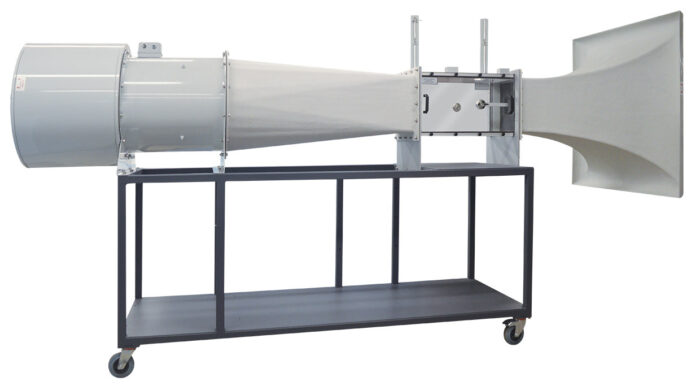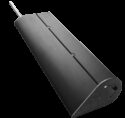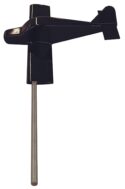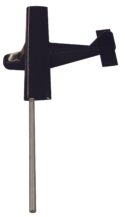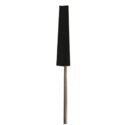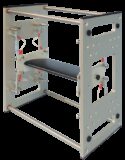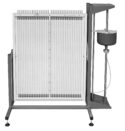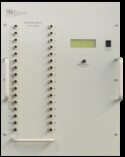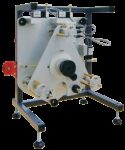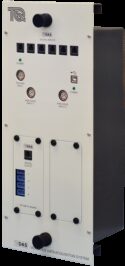Base Unit
AF1300

SUBSONIC WIND TUNNEL 305 mm
A compact, free-standing, open-circuit suction subsonic wind tunnel with a working section of 305 mm by 305 mm and 600 mm long, allowing students to perform advanced study such as analysing boundary layers, performing flow visualisation and observing velocity in the wake, offering extensive teaching and research functionality.
If you have any questions or you'd like to discuss a product, please call us.
+44 1159 722 611SUBSONIC WIND TUNNEL 305 mm
Air enters the tunnel through an aerodynamically designed effuser (cone) that accelerates the air linearly. It then enters the working section and passes through a grille before moving through a diffuser and then to a variable-speed axial fan. The grille protects the fan from damage by loose objects. The air leaves the fan, passes through a silencer unit and then back out to the atmosphere.
A separate control and instrumentation unit controls the speed of the axial fan (and the air velocity in the working section). The control and instrumentation unit also includes manometers and electrical outlets to supply electrical power to other optional instruments.
A metal frame supports the wind tunnel. The frame includes lockable castors for convenient mobility.
Working Section
The working section of the tunnel is a square section with a clear roof, sides and floor. The sides are removable. The floor and each side panel has a special position to support the optional wind tunnel models. Supplied with the wind tunnel are a protractor and a model holder to support and accurately adjust the angle of any models fitted.
Two traversing probes fit on the working section. One is a Pitot-static tube and the other a standard Pitot tube. They fit upstream and downstream of any models and connect to the manometers on the instrumentation unit (or other optional instruments) to show pressure.
Minimum Instruments Required
It is possible to complete all AF1300 experiments without using VDAS®.
However there is a minimum additional instrumentation requirement for some experiments.
All TecQuipment electronic instruments e.g. the 32-Way Pressure Display Unit (AFA6) have visual displays from which data can be transcribed.
Other instruments e.g. the Multitube Manometer (AFA1) are read manually and the data transcribed.
Learning outcomes
TecQuipment can also supply optional models and instruments to extend experiments, giving:
- Flow past bluff and streamlined bodies with pressure and velocity observations in the wake
- Investigations into boundary layer development
- Influence of aspect ratio on aerofoil performance
- Performance of an aerofoil with flap, influence of flap angle on lift, drag and stall
- Pressure distribution around a cylinder under sub-critical flow conditions
- Study of characteristics of models involving basic measurement of lift and drag forces
- Study of the characteristics of three-dimensional aerofoils involving measurement of lift, drag and pitching moment
- Study of the pressure distribution around an aerofoil model to derive the lift and comparison with direct measurements of lift
- Flow visualisation

